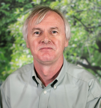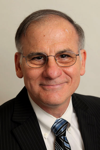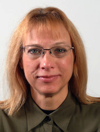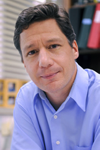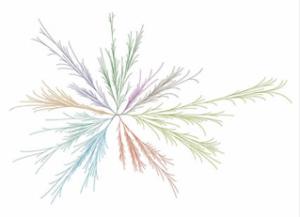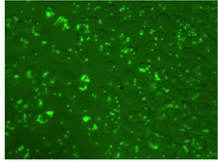Basecamp is an online team and project management tool, similar to Slack. Both Basecamp and Slack are popular with big and small entities (business, non-profits, schools, etc.) , allowing various modes of communication, task assignment, and file sharing, with each having good mobile apps. C&EN, the official magazine of the American Chemical Society, covered How Slack-ing helps chemists manage their labs. I used Basecamp this summer to to manage my research group’s communication and activities. It was a hit with students and I loved it too!
I set up a Basecamp account and created a basecamp called ‘Burks Lab’ and invited by summer students to join. This basecamp’s home page is below.

Each basecamp features a Campfire (instant chat), The Messages Board (longer living announcements), To-Dos (task assignments), Docs & Files, Schedules, Pings (private messages), Automatic Questions (of your choosing, e.g. “What did you do today?”), and a variety of Reports. As administer of the basecamp, I can set-up a variety of campfires and to-do lists by project and/or team. Both myself and students can post messages, chat in campfires, comment on assignments, examine our individual reports or schedules. My favorite feature is To-Dos for two reasons – it keep both me and the students on-point.
For me, it required that I clearly articulate each task in writing, which forced me to consider each task more deeply then when I simply rattle off “blah blah, then do blah blah and let me know.” Each task is assigned to a user (or more!) and has a due date. The assigned user checks off the task when complete and I get a notification. I review the work, providing feedback as a comment to the To-Do. If more work needed to be done, I would uncheck the assignment and it would go back into the To-Do queue. Each To-do offers me and the student opportunities to communicate extensively about a particular task. They could comment with questions regarding the assignment and to share preliminary results (with attachments). Often, students would suggest additional assignment components.
What about off-the-cuff conversations in the lab or my office that led to a new task or modification of a task? I would summarize and create a new To-Do or edit an existing one. I think using Basecamp in this fashion enhanced task management and team communication. Student liked checking off tasks, getting ‘Applause’ from me on their comments, and see the list of “To-Dones” grow. In Basecamp, students can quickly see what’s on their individual To-Do lists and run reports to see what they’ve done or have on deck. This proved helpful in writing up their weekly reports for Dr. Kopec, in addition to managing their time. Below is an example of Basecamp’s ‘What has someone been up to?” report.

These reports also helped me keep a day-by-day record of team activities, as well as more “big picture” project progression. This is critical for reporting to funding agencies and other entities. Basecamp allows me to manage my team and generate documentation concurrently – a chemist’s dream!
Let’s talk turkey – what does it cost? Absolutely nothing. Teachers get Basecamp for free and teachers get unlimited basecamps. For instance, I can maintain my Burks Lab basecamp and add one for upper division class I am teaching. This program does have limits…
“…can only be used for your classroom work. It can’t be used for personal, professional, or for-profit projects outside of the classroom. We’re on the honor system here, but if we do discover abuses we reserve the right to revoke the account or remove the free status.” (see Teachers get Basecamp for free)
If I wanted to set up a basecamp for working on a grant or paper with colleagues, we’d all have to enroll in a class. I joke! Or do I?
More…

